We are often asked questions about Solar power, how it works, is it suitable for certain buildings. etc.. so we wanted to answer those questions and offer our expertise and experience to allow you to make your own decisions about adopting Solar energy for your business.
Why should I install commercial solar panels?

Solar power is the cheapest electricity in history according to the International Energy Agency (IEA)
With Solar energy costs circa 4p/kWh compared to a staggering 52p/kWh UK average and even some companies that we have spoken to, already reaching 62p/kWh, it makes sound business sense for energy-intensive organisations to invest in Solar.
For businesses focusing on ESG (Environmental, social, and governance) utilising Solar power is the simplest and most cost-effective method to realise their goals, businesses with a strong ESG proposition can often attract and retain quality employees, increase investment opportunities and it also demonstrates an organisations goodwill, and long-term environmental stewardship to all stakeholders, including customers, employees, and society.
In addition, the more renewable energy companies can generate for themselves, the less energy the UK has to produce or purchase from carbon-heavy fossil fuel power stations. The less we need imported oil, coal, and gas, the less reliant we are on the world market, and the fewer new power stations we need to build.
With the current cost of energy and the huge price increases predicted for the coming winter months, choosing to use Solar energy to power your business is undoubtedly a sound investment.
What return on investment should I expect if my business invests in commercial Solar Panels?
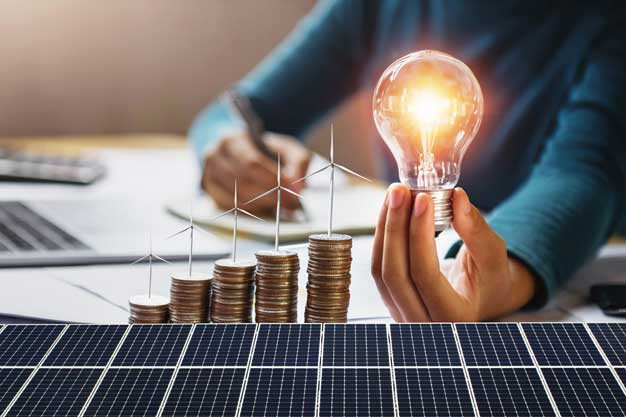
The ROI for a solar installation is dependent on several factors such as geographical location, roof orientation, and electricity usage. However, traditionally PV systems had payback periods between 5-8 years whereas due to the cost of electricity increasing we are seeing payback periods of 3-6 years.
We calculate your ROI forecast based on these key metrics:
- Electricity saving – the savings you make by using the solar energy generated by your Solar Panel system instead of importing electricity from the grid.
- The export tariff – which you get paid for every kWh you do not use and that gets exported to the grid.
The electricity saving is usually 2/3 times more lucrative than exporting to the grid which is why we size systems to maximise the on-site self-consumption of Solar power.
What is the right size Solar Panel System for my business?
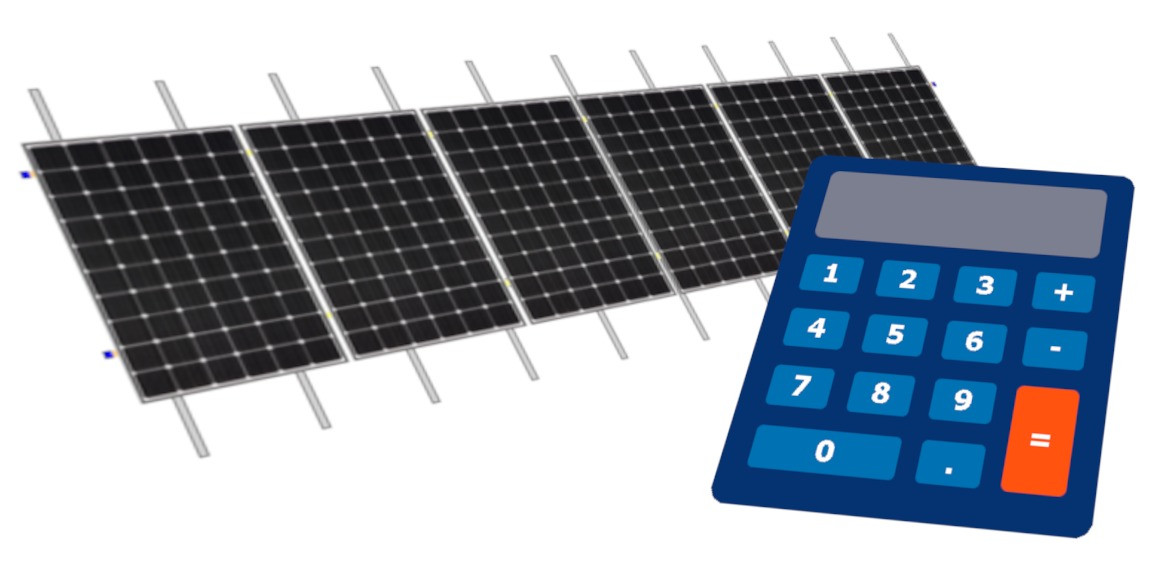
Ineco Energy will conduct a detailed analysis of your electricity consumption and will match the system size as closely as possible to your usage profile, to ensure you get the maximum benefit.
The higher the percentage of solar generation that you consume directly, the better return you will see on your investment. And by using solar electricity for your business, you can fix the price of a proportion of your energy usage for 25 years, providing price security and increasing competitiveness.
How much energy will my Solar array generate?
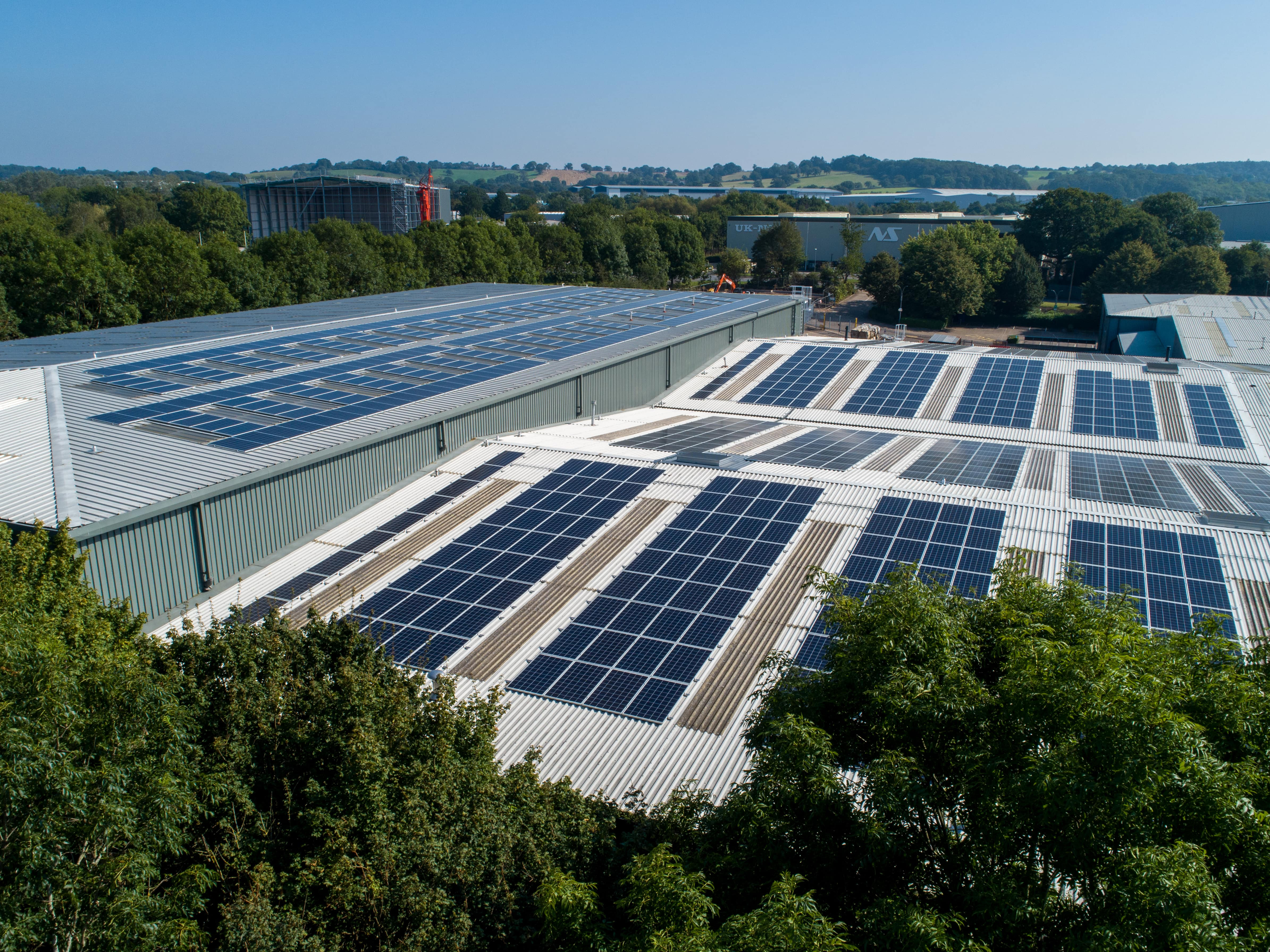
The size of your Solar array, your geographical region, and the orientation of your building will dictate how much power you will generate for your business. Ineco Energy will precisely calculate how many panels are required to generate the energy that your business will need for now and for the future and will discuss every step of the process with you. We use software that gives an irradiance score based on 10 years’ worth of climate data and the system details such as angle, orientation, etc.
Do I need Planning permission for a Solar Panel System?
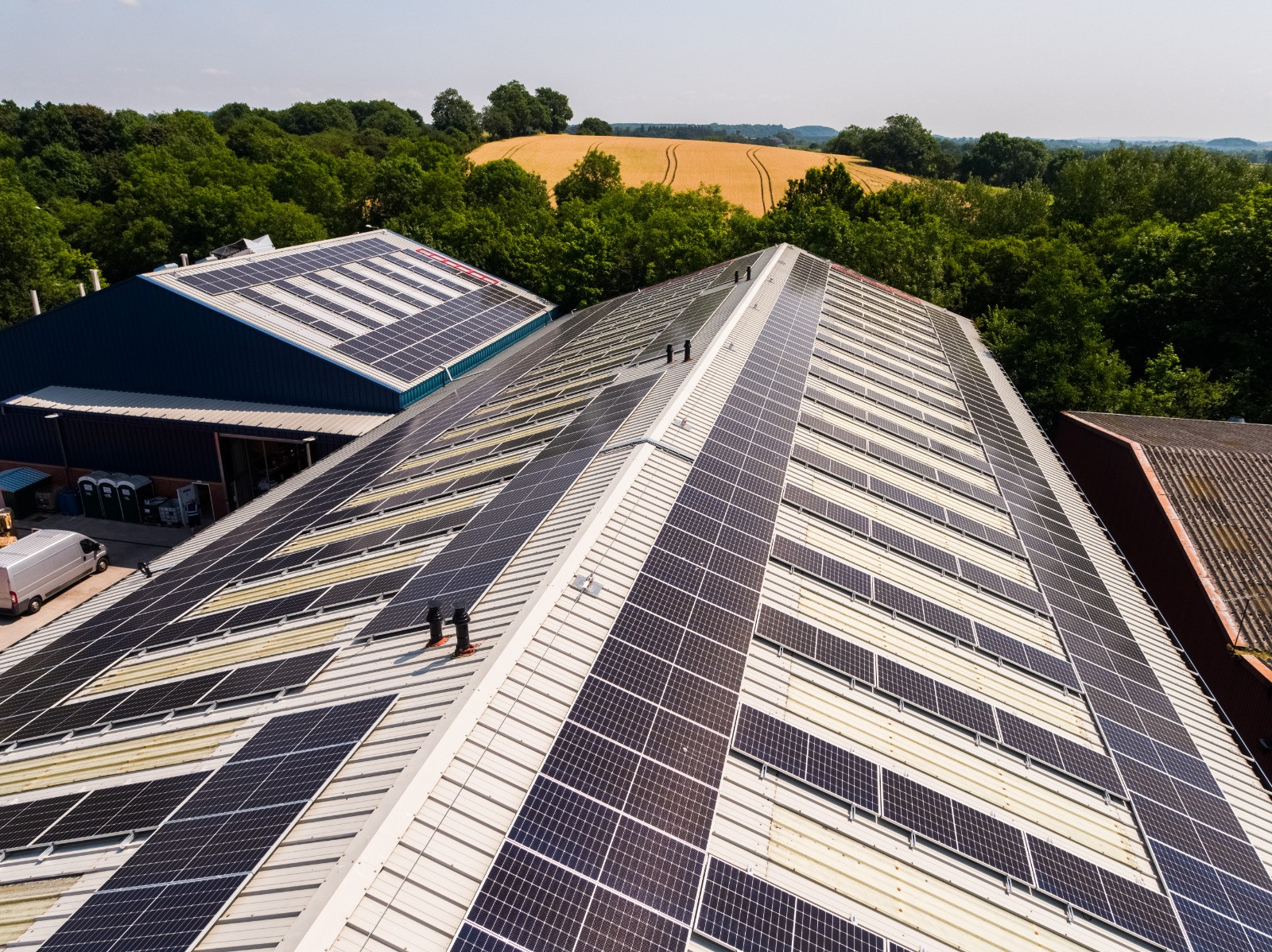
You can install most commercial solar panel systems of 1 MWp or below under permitted development rights – without having to make a planning application. Ineco Energy will precisely design your system to ensure it meets the criteria laid out under the Town and Country Planning regulations and if your system does require planning permission, we will help you throughout the entire process.
Who will install my solar panel system?

Ineco Energy will manage every step of the process from feasibility, development, installation, and ongoing operation & maintenance of the system. Our skilled and experienced team is focused on delivering every project with precision, to agreed timeframes, and with minimum disruption to your day-to-day operations.
What happens after my Solar Array is installed?
.jpg)
If you don’t monitor it, you can’t measure it!
Our dedicated and professional team will complete a full system handover and set you up on the SolarEdge inverter monitoring portal.
The Monitoring portal offers our customers full visibility of their Solar Array’s power generation and financial performance, and also provides automatic alerts on system faults, so that they can be addressed at a module level, greatly reducing the requirement for costly maintenance and downtime.
Will my solar panels need cleaning?
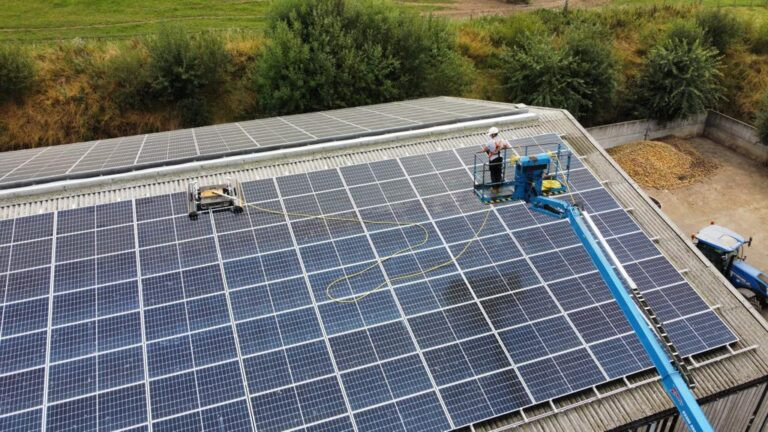
Different sites, in differing locations, have different requirements. monitoring your arrays generation is the first step in understanding what’s happening, alongside frequent visual inspections of the system to help determine if Solar panel cleaning is required.
If panel cleaning is needed, then we often use a solar panel cleaning robot.
Making sure that the correct tools are used to clean the Solar panels, ensures that all panels are cleaned consistently.
With the current energy costs, ensuring that your Solar array is producing to its potential more than covers the cost of any maintenance required
How does a solar panel turn sunshine into electricity?

Solar panels are made up of solar cells – like the ones you see on a calculator – called photovoltaic (PV) cells.
When sunlight strikes the cell, some of it is absorbed within the semiconductor material. The energy of the absorbed light is transferred to the semiconductor and knocks electrons loose, allowing them to flow freely.
PV cells also have one or more electric fields which force these freed electrons to flow in a certain direction. This forms a current, and by placing metal contacts on the top and bottom of the PV cell, this current can be drawn off for external use.
The current, together with the cell’s voltage (which is a result of its built-in electric field/s), defines the power (or wattage) that the solar cell can produce.
Groups of cells are connected electrically and packaged into a frame known as a solar panel, and these panels are then grouped into larger solar arrays.
If you have any other questions that you would like to ask us about Solar energy for your business, please talk to us

